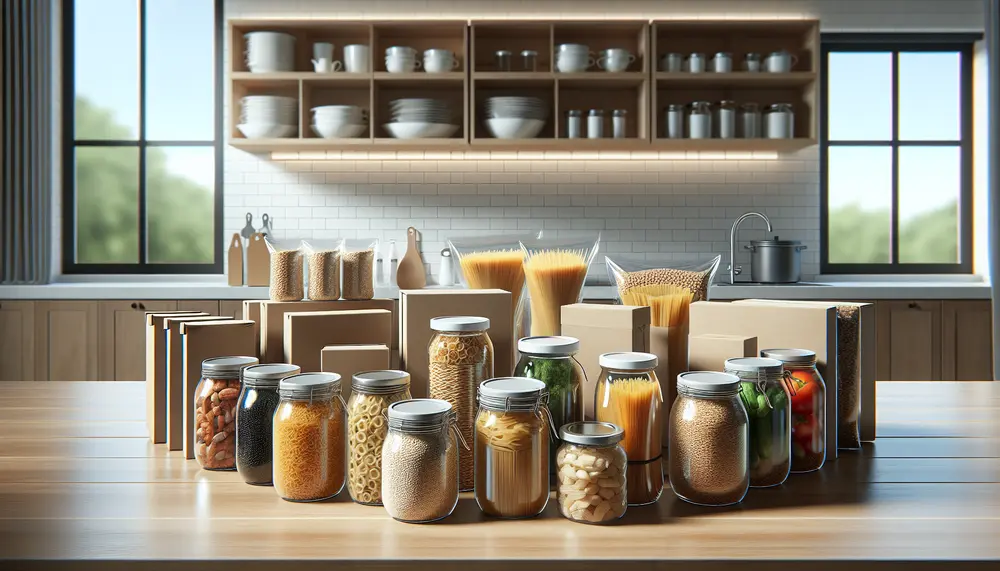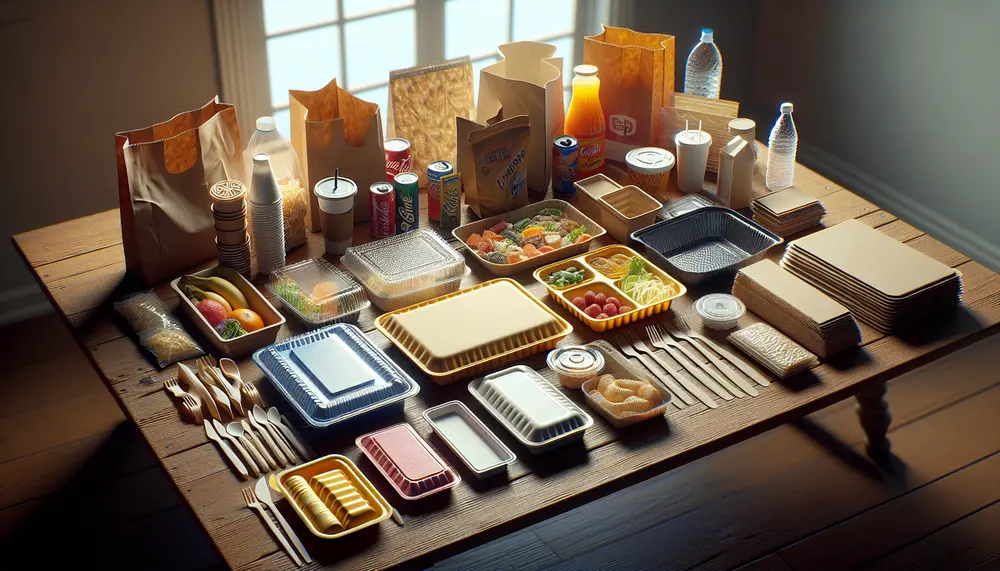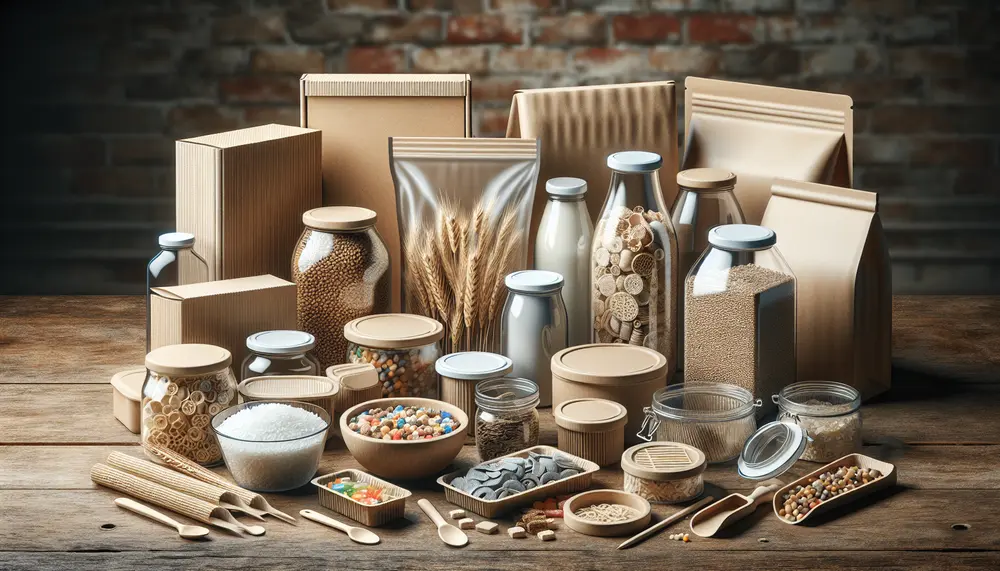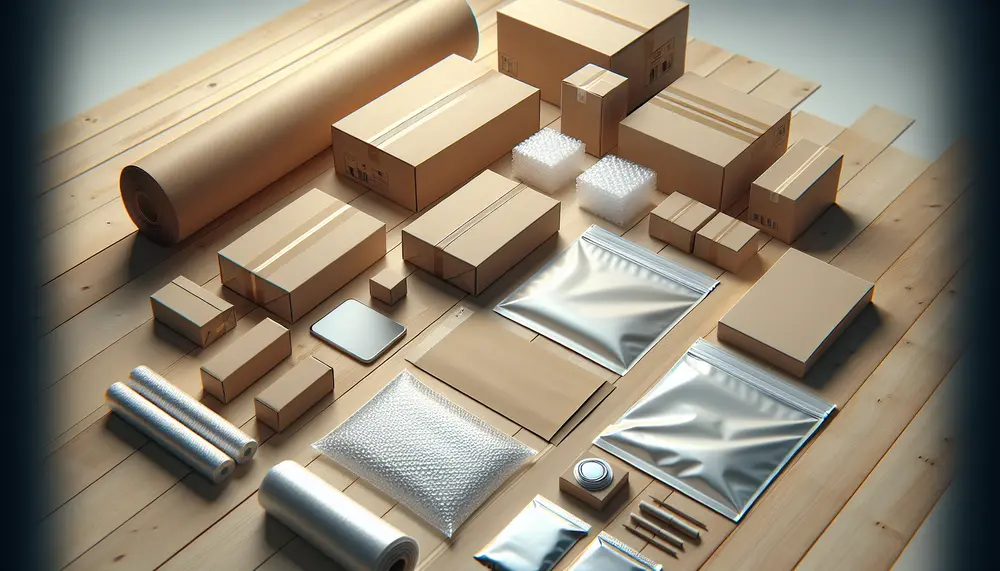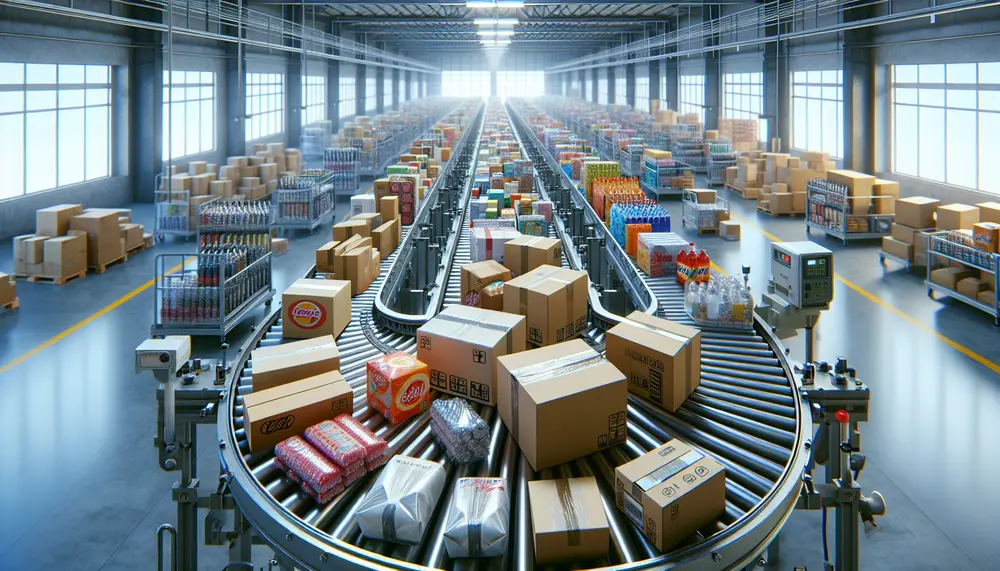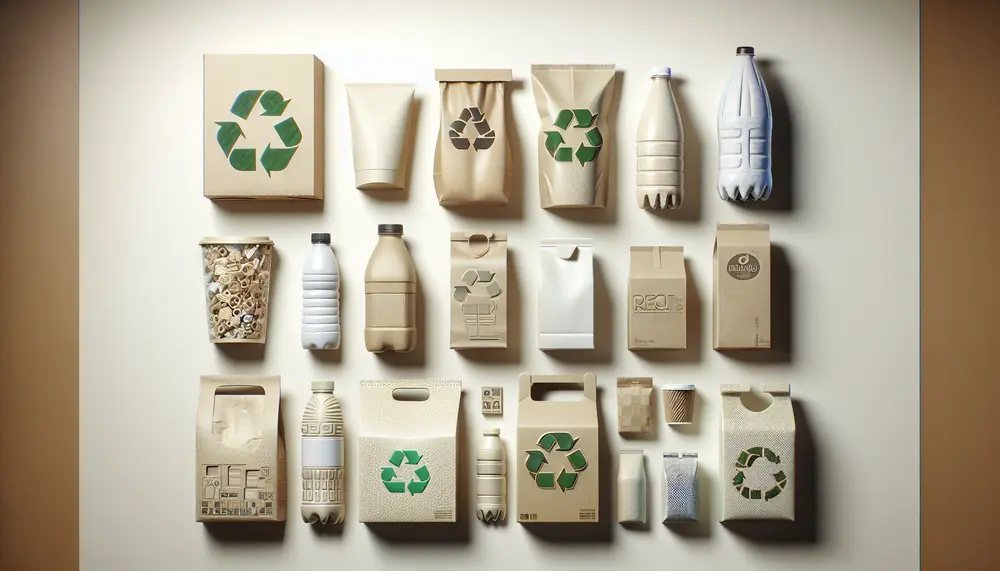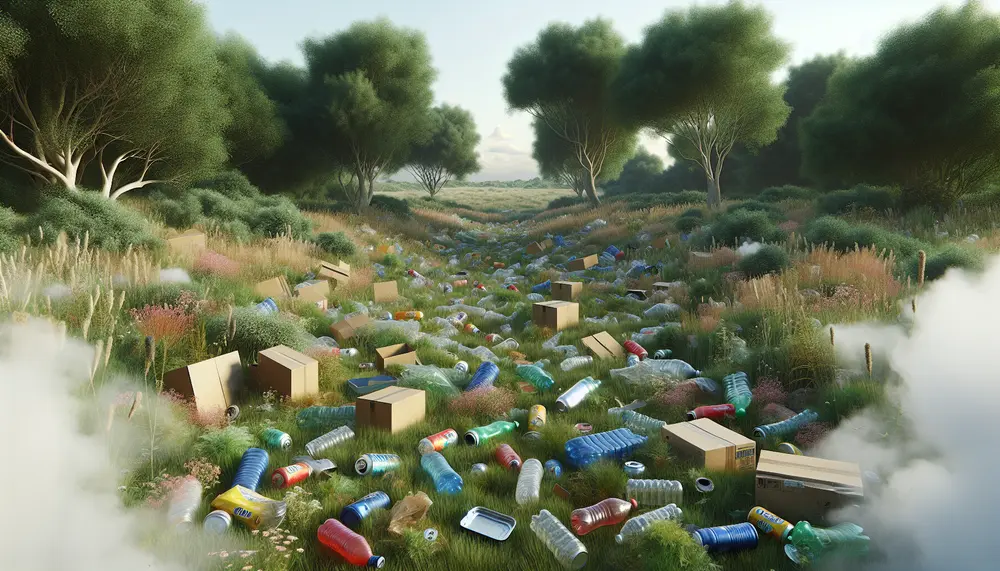Posts on the Topic Plastics
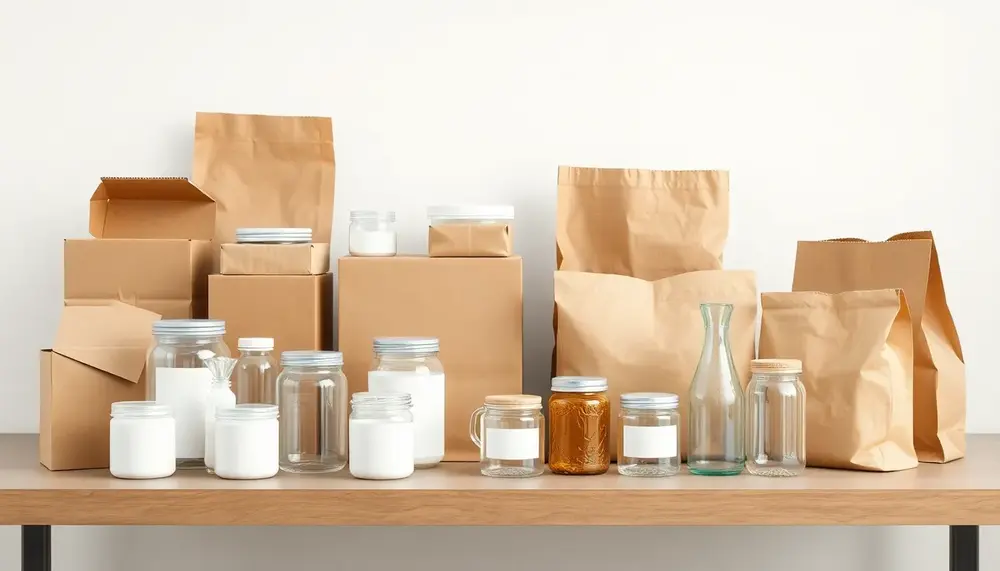
A well-structured Slideshare on packaging materials should use a clear narrative, visual comparisons, and actionable insights to guide viewers in choosing the right material. Each type—glass, metal, plastic, paper/board, composites, or biodegradable options—has unique strengths and weaknesses best matched to...

Pharmaceutical packaging bottles are designed to protect, preserve, and deliver medications effectively while ensuring safety, regulatory compliance, and user convenience. Key considerations include material compatibility, barrier properties, child-resistant features, sterility assurance, sustainability efforts like bio-based plastics or glass alternatives for...
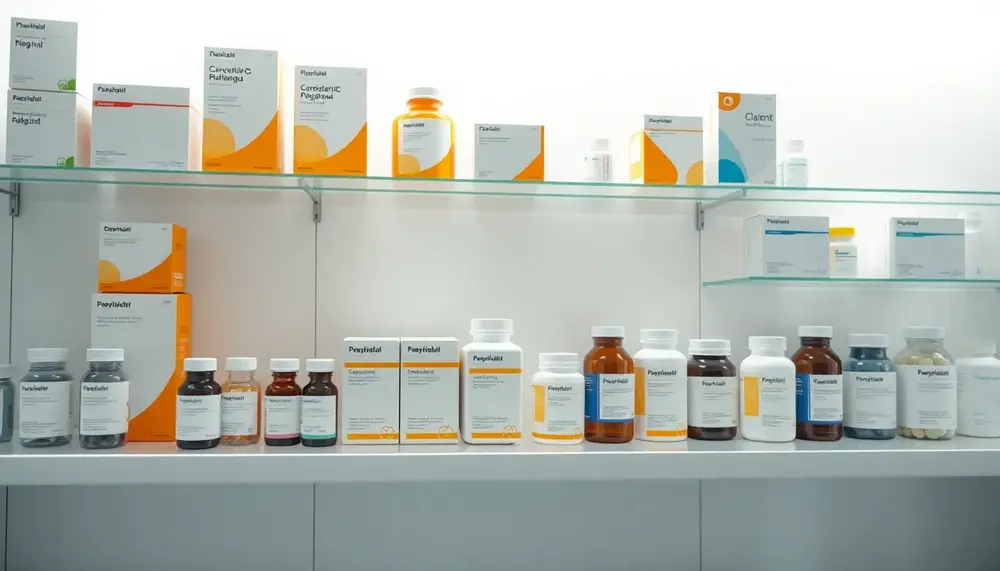
Pharmaceutical packaging is a science focused on ensuring medicines are safe, effective, and user-friendly through primary, secondary, and tertiary types using various materials while adhering to regulatory compliance. Innovations in smart technology and sustainable practices continue to evolve the field...

Pharmaceutical packaging is vital for ensuring medication safety and integrity, involving primary components that protect against environmental factors and secondary packaging that aids in branding and protection during transit. Technological advancements like automated inspection systems enhance quality control, while compliance...

Pharmaceutical packaging defects can compromise product integrity, posing health risks and financial losses; common defects include uneven sealing surfaces, raised seams, excess bottom flash, uneven sides, foreign material presence, and incorrect material specifications. Identifying causes such as material quality issues,...
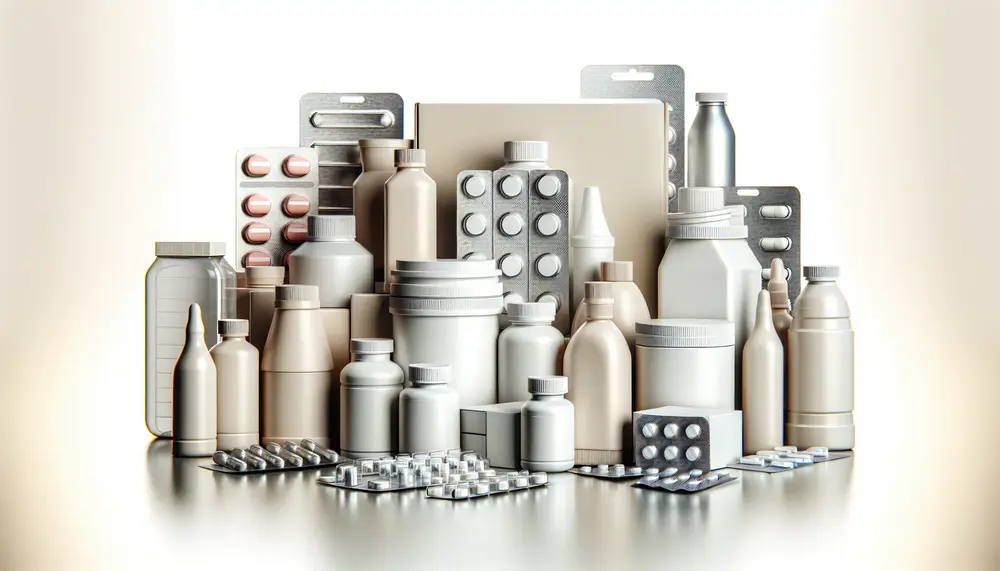
Understanding and selecting the right pharmaceutical packaging materials is essential for maintaining drug safety, efficacy, and integrity. These materials must protect against environmental factors like moisture and light while ensuring compatibility with the drugs they contain; innovations in this field...
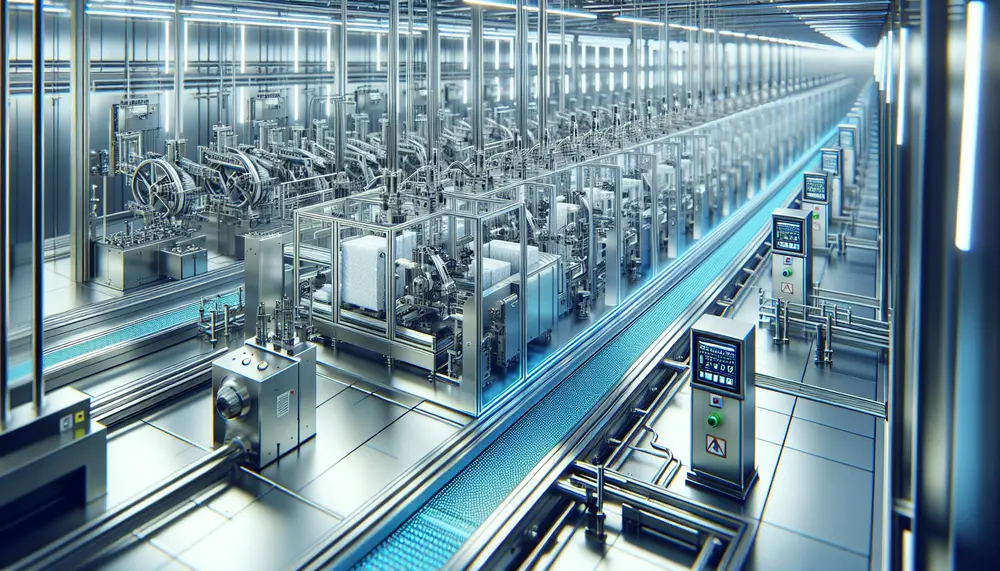
Packaging technology is crucial for product protection, shelf life extension, and consumer information; it involves material science and design innovation to create sustainable solutions. Cutting-edge materials like bioplastics and smart substances are shaping the industry's future with enhanced functionality and...
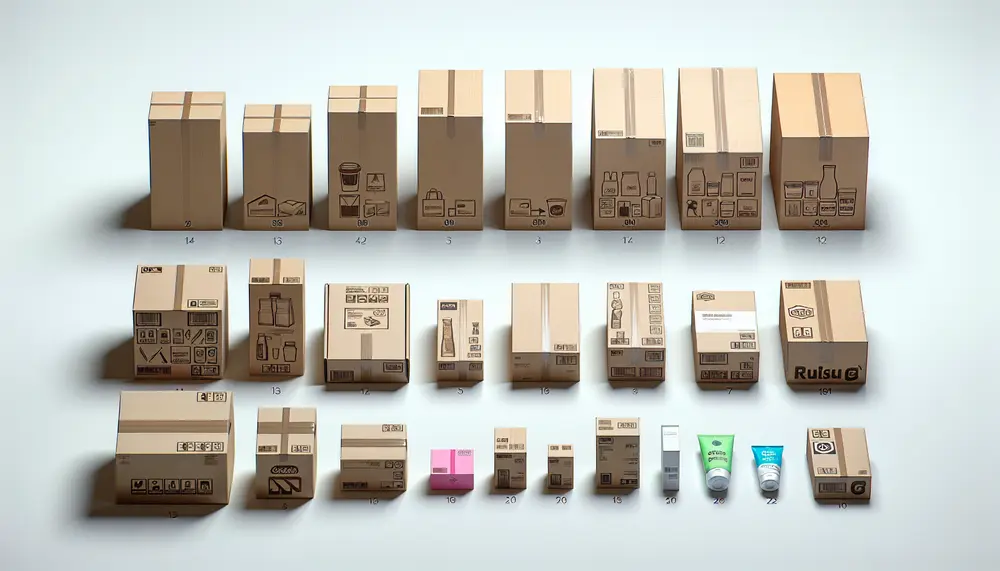
Product packaging is essential for protection, marketing, and providing consumer information; it influences brand perception and purchase decisions through design elements like color schemes. The design process involves research, feedback, prototyping, and technical considerations to ensure functionality and appeal. Choosing packaging...
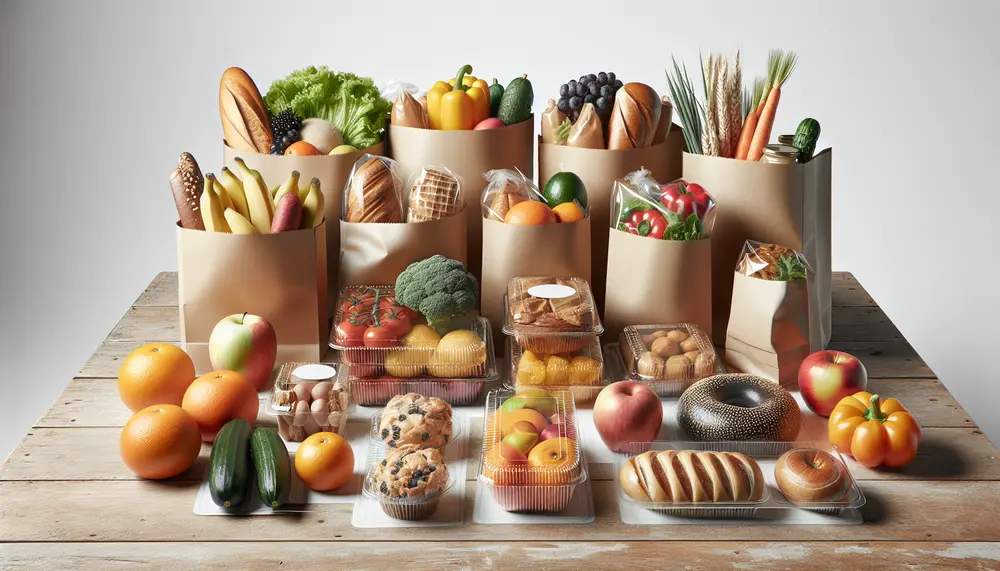
Packaging is critical for food safety and freshness, providing a barrier against contaminants and extending shelf life through innovations like modified atmosphere packaging. It also protects from physical damage during distribution, playing an essential role in preventing foodborne illness. Choosing the...
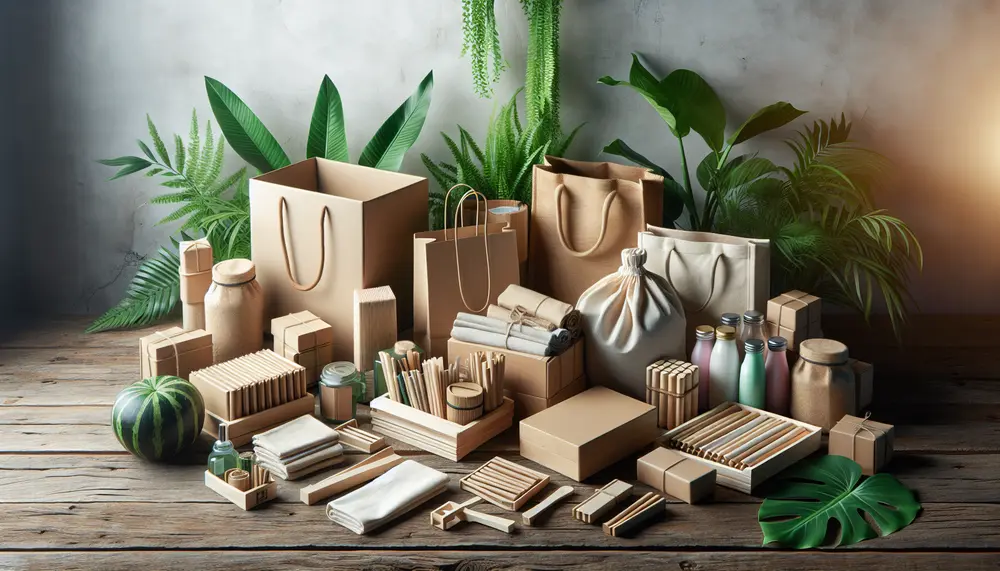
Packaging choices significantly affect the environment, contributing to pollution and resource depletion due to non-biodegradable waste and high carbon footprints. The rise of eco-friendly packaging solutions like bioplastics and recycled materials reflects a shift towards sustainability in response to environmental...
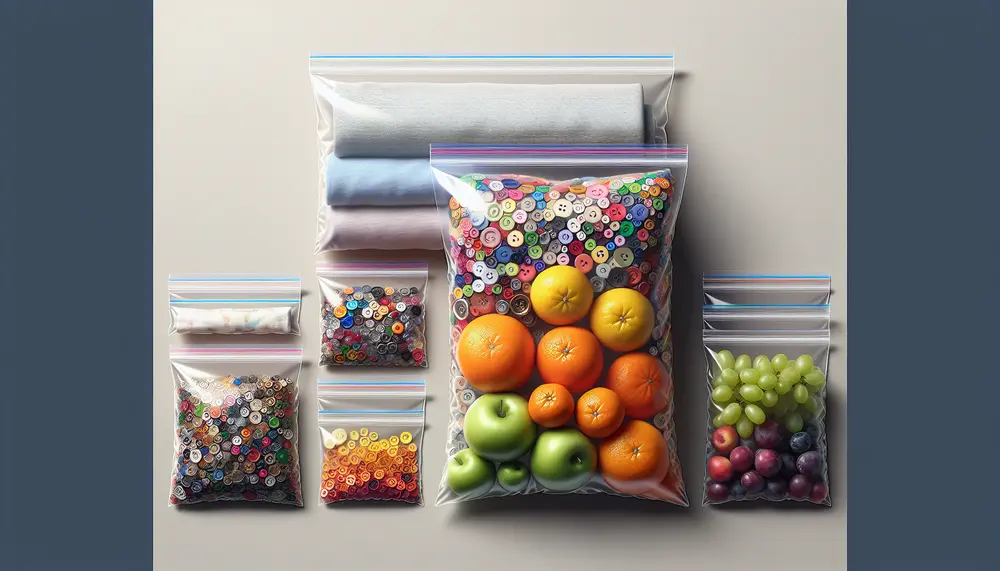
Ziplock packaging bags offer a versatile and sustainable solution for storage, organization, and transportation needs across various industries. They are reusable, come in different sizes with additional features, and advancements include recycled material options to reduce environmental impact. Recycled ziplock packaging...
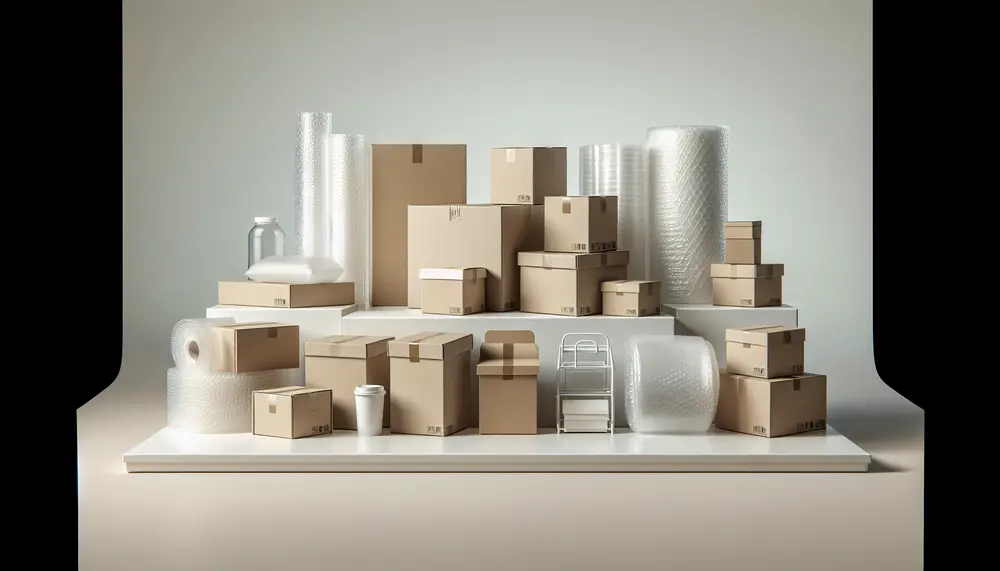
Packaging is essential for product protection and marketing, involving design, materials, functionality, labeling, and branding. Addressing common questions reveals its impact on sales, the balance between sustainability and cost-effectiveness, color psychology in design, industry trends like minimalism and smart packaging...
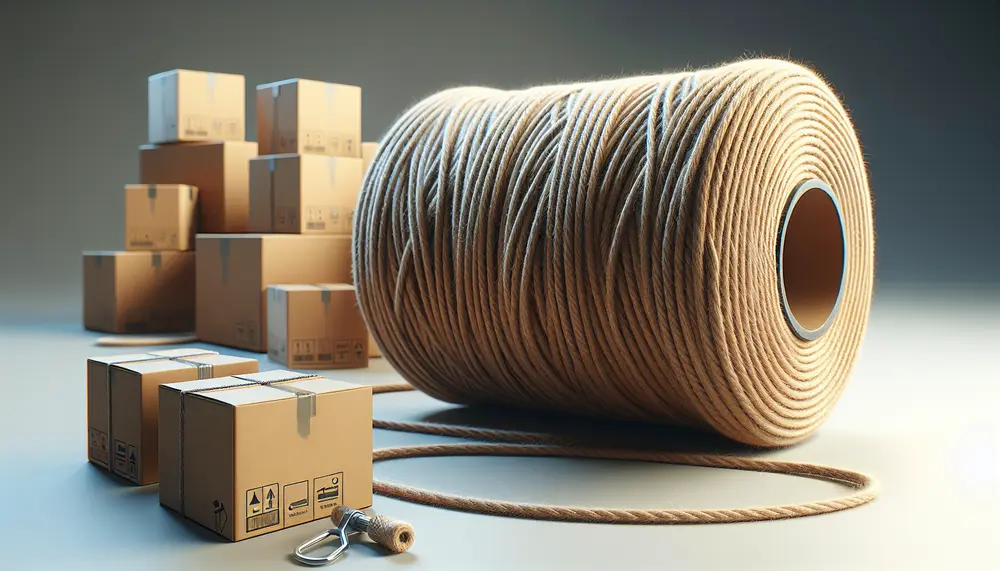
Packaging rope is essential for securing goods during transport, offering versatility and functionality in different industries; it comes in various materials with specific attributes like durability and biodegradability. Strength and durability are crucial factors determining a packaging rope's ability to...
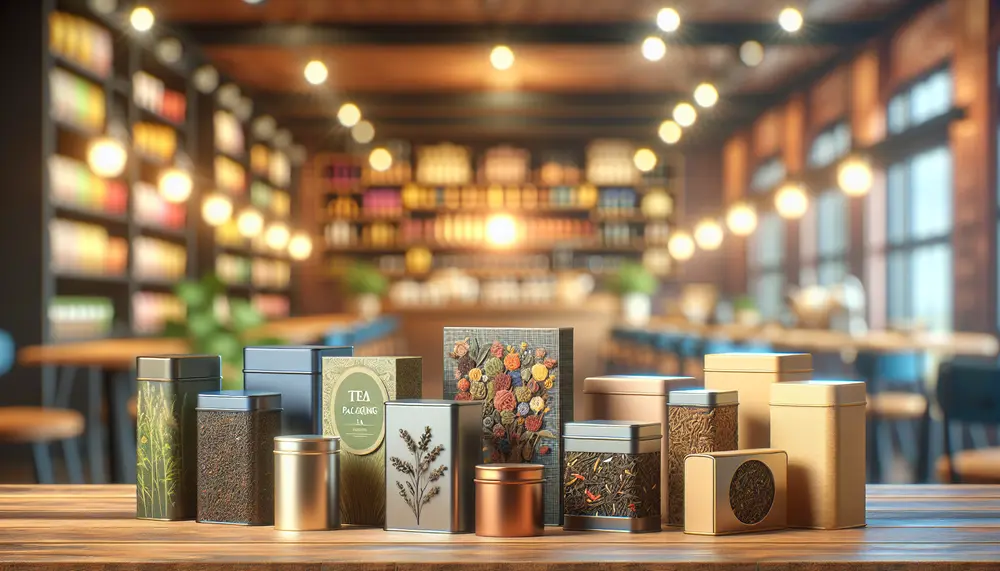
Tea packaging design is crucial for brand representation, customer engagement, and purchase decisions; it must also withstand shipping and reflect environmental responsibility through sustainable materials. Visual appeal in tea packaging influences consumer choice using color psychology, imagery, typography, tactile finishes,...
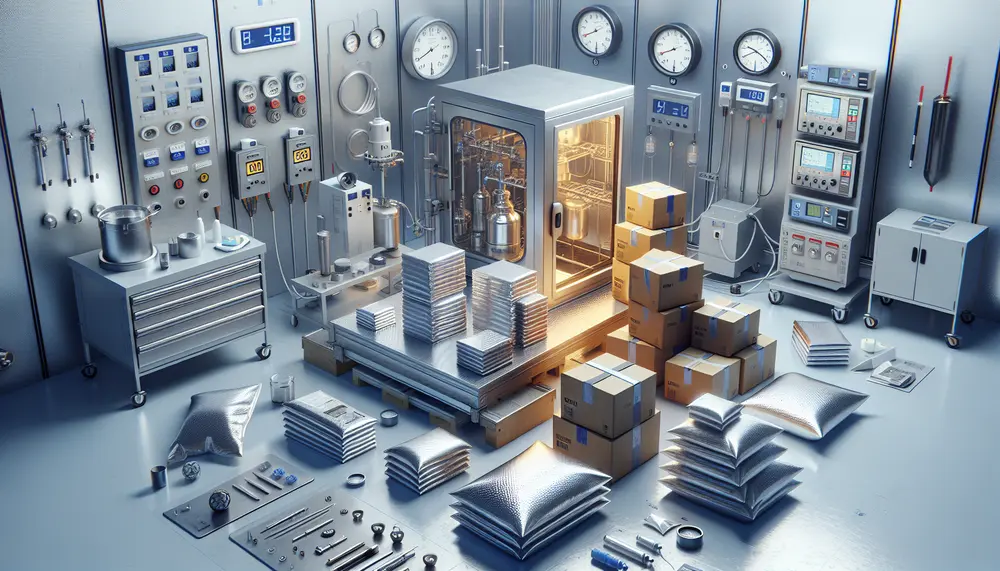
Heat resistant packaging materials are designed to protect contents from high temperatures during transportation or storage, with various forms for different applications and levels of protection. Innovations aim to enhance heat resilience while considering cost-effectiveness and environmental impact. Thermal stability...
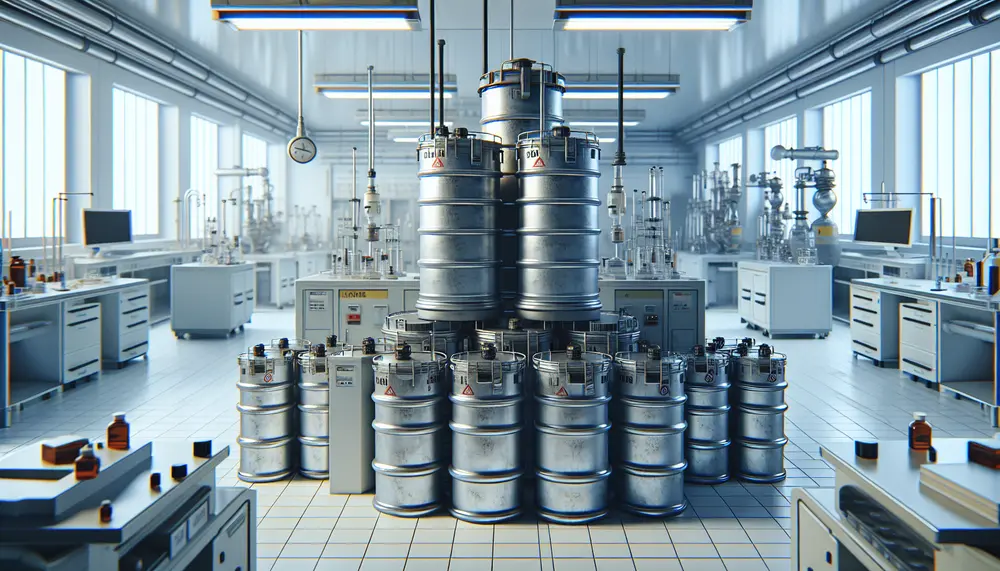
Acids can damage packaging materials, leading to product and environmental harm; understanding their chemical interactions is vital for creating acid-resistant solutions. Acid-resistant packaging ensures safety, maintains quality, and meets regulatory standards by preventing leakage and contamination of acidic products....
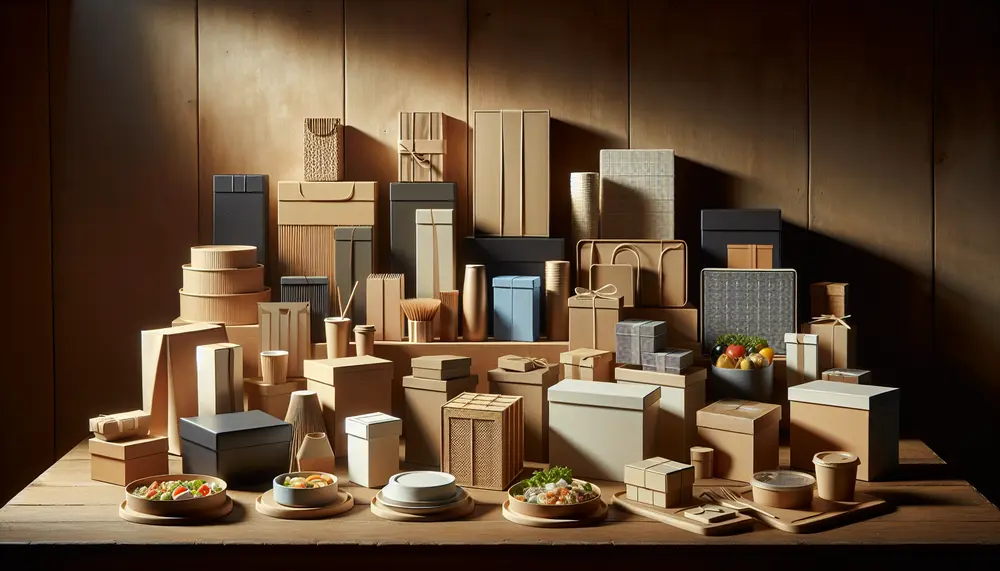
Catering packaging essentials involve selecting materials that ensure food safety, are durable and easy to handle, environmentally friendly, and visually appealing. Material choices range from biodegradable options like PLA to recyclable paper or upscale glass/metal containers. Innovative catering packaging designs include...

The packaging industry is governed by a complex legal framework aimed at ensuring safety, health, and environmental protection. Key regulations include material restrictions like RoHS and REACH, compostability standards such as BPI certification, and heavy metal limitations under CONEG legislation. Regulatory...

Plastic cutouts are versatile, precision-made shapes used in various industries for applications like manufacturing, packaging, electronics, marketing, automotive parts, and construction. They require high accuracy during production to ensure functionality and customer satisfaction. Precision is crucial in plastic cutout manufacturing; the...

Affordable packaging focuses on cost-effective, quality solutions that balance price with durability and sustainability. It involves exploring materials like bioplastics, optimizing design for minimalism and efficiency, and staying updated on industry trends to reduce costs without sacrificing customer experience or...
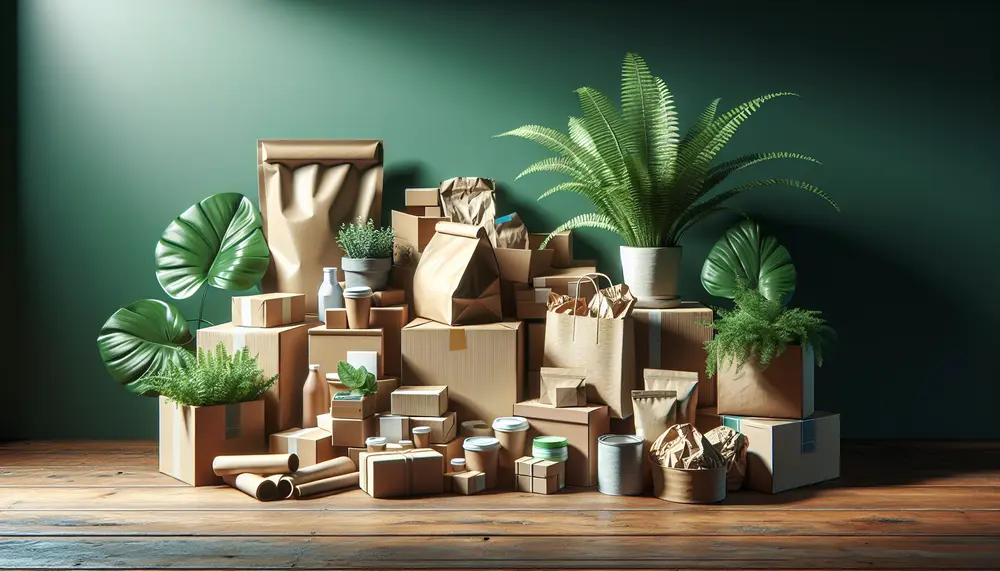
Sustainable packaging minimizes environmental impact through eco-friendly, efficient, and recyclable materials. It addresses pollution concerns, meets consumer demands for green practices, and provides competitive advantages to companies. The evolution of eco-friendly packaging has progressed from reducing material use to introducing biodegradable...

Packaging materials are essential for protecting goods from manufacturer to consumer, serving as protection and marketing tools. Different levels of packaging—from primary to auxiliary—along with factors like cost and environmental impact guide material selection, while advancements in technology offer a...

